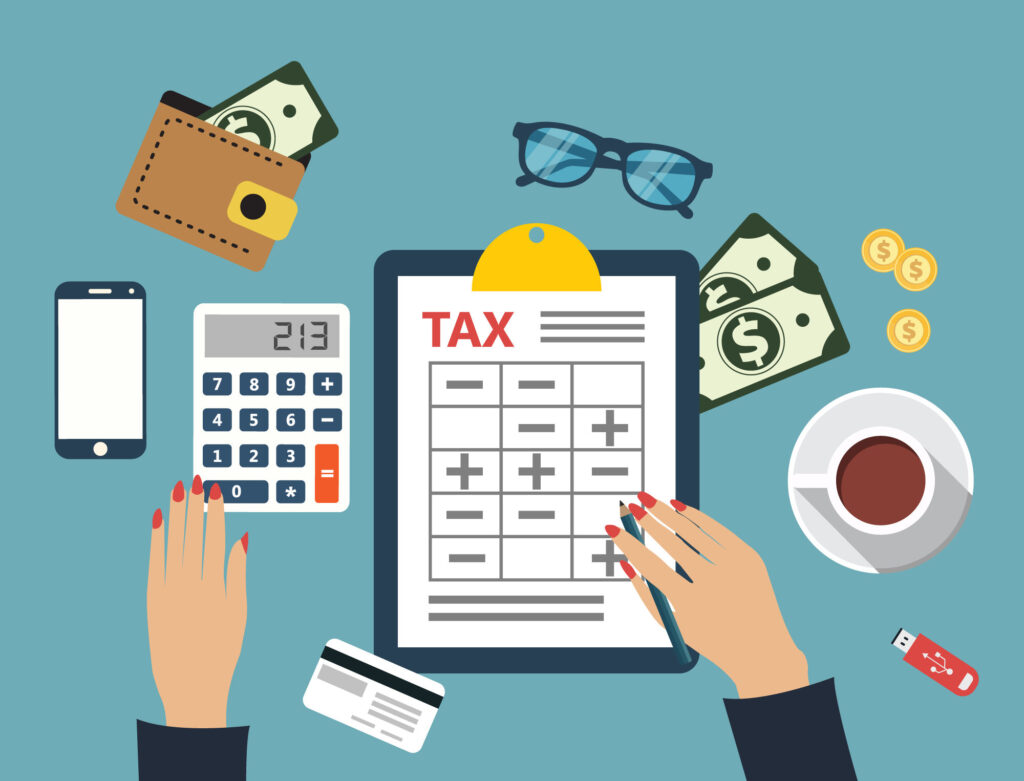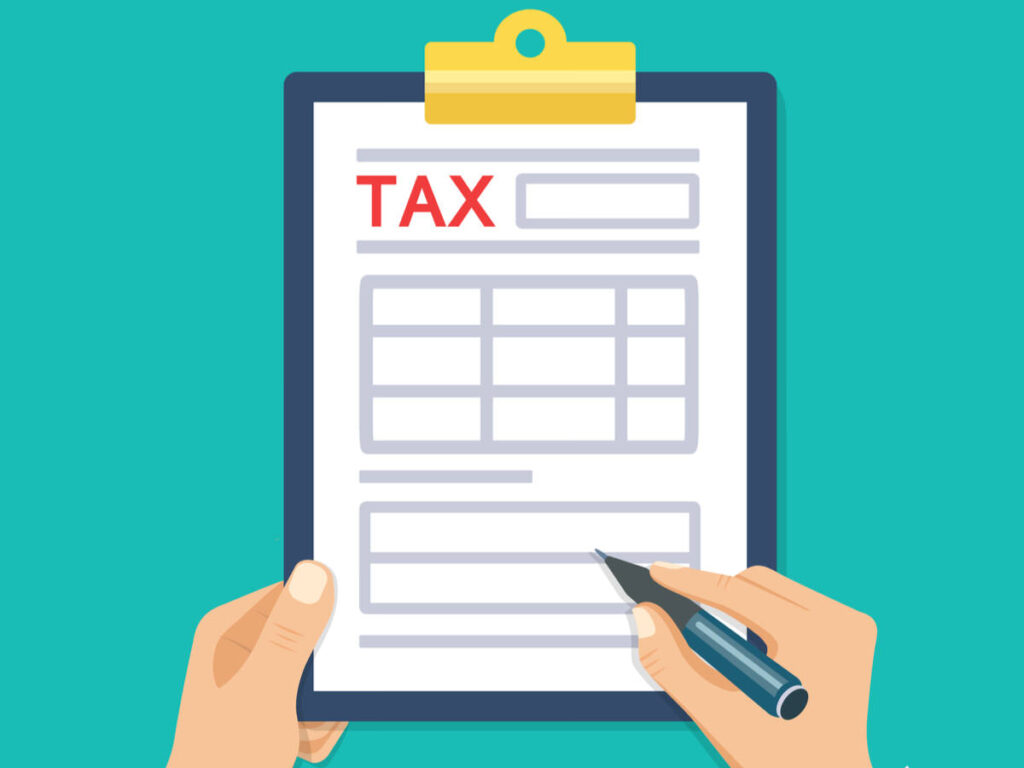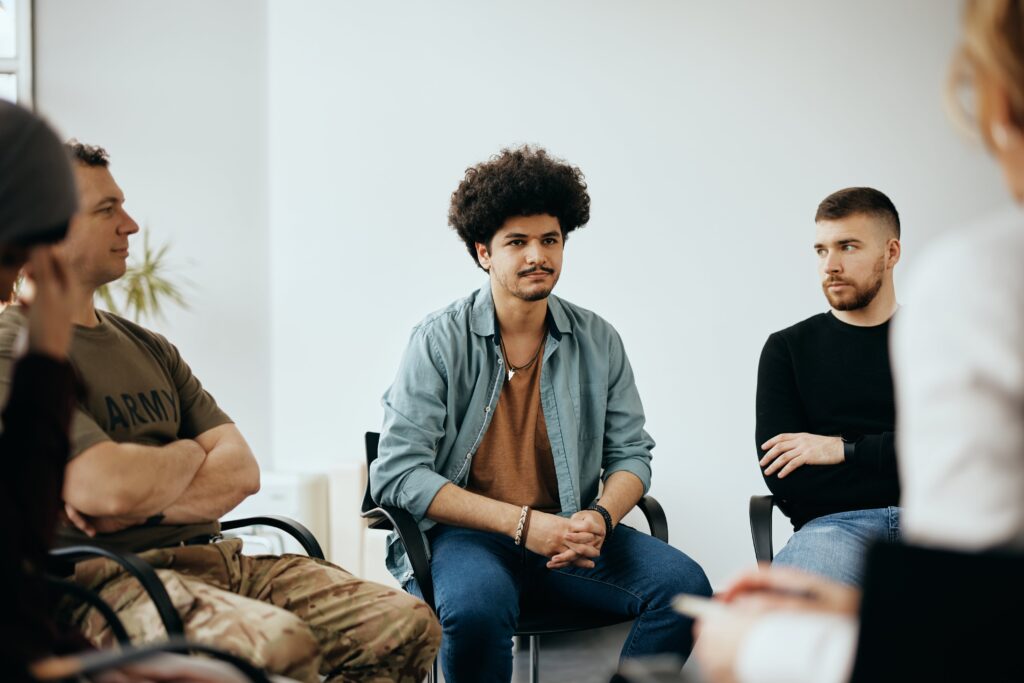
Filing taxes in Canada as a newcomer can be a complex process, but with proper understanding and guidance, it becomes manageable. As a resident, it’s essential to report worldwide income to the Canada Revenue Agency (CRA), including income earned both within and outside Canada. Non-residents, however, only need to report income earned within Canada. Gathering necessary documents such as T4 and T5 slips, receipts for deductible expenses, and other relevant paperwork is crucial before starting the filing process.
Choosing the right method for filing taxes is equally important. Many Canadians opt for electronic filing using tax software or the CRA’s online services for its convenience and efficiency. Ensure accurate completion of the T1 General Income Tax and Benefit Return, claiming deductions and credits like the basic personal amount, tuition credits, medical expenses, and more to reduce tax liabilities and maximize refunds.
Seeking assistance from the CRA or community organizations offering free tax clinics can be beneficial, especially for newcomers facing challenges or uncertainties during the filing process. By following these steps and seeking necessary help, newcomers can fulfill their tax obligations and navigate Canada’s tax system successfully.
Filing taxes in Canada as a newcomer requires understanding the country’s tax system and fulfilling specific obligations. Residents must report worldwide income to the Canada Revenue Agency (CRA), while non-residents only need to report income earned within Canada. Essential documents such as T4 and T5 slips, along with receipts for deductible expenses, must be gathered before filing.
Choosing the right method for filing taxes is crucial. Many prefer electronic filing using tax software or the CRA’s online services for its convenience and efficiency. Completing the T1 General Income Tax and Benefit Return accurately is paramount, ensuring the inclusion of deductions and credits like the basic personal amount, tuition credits, and medical expenses to reduce tax liabilities and maximize refunds.
For newcomers encountering challenges, seeking assistance
1. Introduction
Filing taxes can be a daunting task for anyone, especially newcomers to Canada. However, understanding the Canadian tax system and the process of filing taxes can help alleviate some of the stress associated with tax season. In this guide, we’ll walk you through the steps to file your taxes in Canada as a newcomer, ensuring compliance with the tax laws and maximizing your returns.
2. Understanding Canadian Tax System

Before diving into the tax filing process, it’s essential to understand how the Canadian tax system operates. In Canada, taxes are collected at both the federal and provincial levels. The Canada Revenue Agency (CRA) oversees federal taxation, while each province and territory has its own tax authority responsible for provincial or territorial taxes.
3. Determining Your Residency Status
Your residency status in Canada determines your tax obligations. Newcomers are typically classified as either residents or non-residents for tax purposes. Understanding your residency status is crucial as it affects the types of income you need to report and the tax credits and deductions you may be eligible for.
4. Income Tax Filing Obligations
As a resident of Canada, you are required to report your worldwide income to the CRA. This includes income earned from employment, self-employment, investments, rental properties, and any other sources, both inside and outside of Canada. Non-residents, on the other hand, are only required to report income earned in Canada.
5. Gathering Required Documents
Before filing your taxes, gather all the necessary documents, including T4 slips (for employment income), T5 slips (for investment income), receipts for deductible expenses, and any other relevant documents related to your income and deductions.
6. Choosing the Right Tax Software or Service
There are several options available for filing your taxes in Canada, including tax preparation software, hiring a professional tax preparer, or seeking assistance from community organizations that offer free tax clinics. Evaluate your options and choose the method that best suits your needs and preferences.
7. Filing Your Taxes: Step-by-Step Guide

Step 1: Register for a Social Insurance Number (SIN)
If you haven’t already done so, you’ll need to apply for a Social Insurance Number (SIN) from Service Canada. Your SIN is a unique nine-digit number required for working in Canada and filing taxes.
Step 2: Determine Your Filing Method
Decide whether you’ll be filing your taxes online or by mail. Most Canadians prefer filing electronically using tax software or the CRA’s online services due to its convenience and faster processing times.
Step 3: Complete the Necessary Forms
The primary form used for reporting your income and claiming deductions and credits is the T1 General Income Tax and Benefit Return. Make sure to fill out all the sections accurately and include any additional forms or schedules that may apply to your situation.
Step 4: Claiming Deductions and Credits
Take advantage of available tax deductions and credits to reduce your tax liability and maximize your refund. Common deductions and credits include the basic personal amount, tuition and education credits, medical expenses, and charitable donations.
Step 5: Review and Submit Your Return
Before submitting your tax return, review it carefully to ensure accuracy and completeness. Double-check all the information provided, including your personal details, income sources, deductions, and credits. Once you’re satisfied, submit your return electronically or by mail before the deadline.
8. Filing Your Taxes: Step-by-Step Guide

If you encounter difficulties or have questions about filing your taxes, don’t hesitate to seek help and assistance. The CRA provides resources and assistance to taxpayers, including online guides, telephone support, and in-person services at tax service offices across Canada.
9. Conclusion
Filing taxes as a newcomer to Canada may seem overwhelming at first, but with the right information and guidance, you can navigate the process successfully. By understanding your tax obligations, gathering the necessary documents, and following the step-by-step filing guide outlined in this article, you can fulfill your tax obligations and make the most of available tax benefits. Remember, timely and accurate tax filing is essential for staying compliant with Canadian tax laws and ensuring financial stability in the long run.
